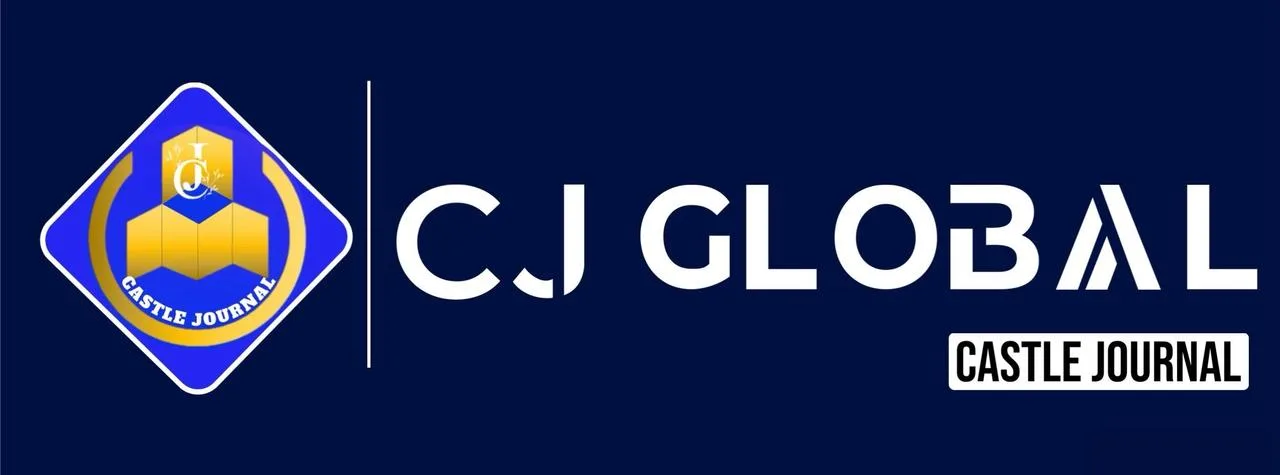Saudi Arabia ‘s neom scales back futuristic megacity ‘the line’ amid major funding recalibration
Tabuk, Saudi Arabia/Riyadh/
MIDDLE EAST INFRASTRUCTURE:
Public Investment Fund Mandates Spending Cuts and Shifts Focus Away from Gigaprojects as Flagship 170km ‘The Line’ is Reduced to a Limited Initial Segment
The relentless ambition of Saudi Arabia’s flagship urban project, NEOM, is being forced into a major confrontation with financial and construction realities.
As global capital tightens and the Kingdom’s Public Investment Fund (PIF) mandates a strategic spending review, the centerpiece of the $500 billion initiative, the linear city known as “The Line,” has been drastically scaled back.
Saudi Arabia’s NEOM Scales Back Futuristic Megacity ‘The Line’ Amid Major Funding Recalibration, signaling the most significant pivot yet in the execution of Crown Prince Mohammed Bin Salman’s ambitious Vision 2030.
The original concept for The Line captivated the world: a 170-kilometre-long, 500-metre-high mirrored megacity designed to house nine million people without cars, streets, or carbon emissions.
However, by late 2025, the reality on the ground has fallen short of the renderings. Construction efforts have been focused on a much smaller, initial segment, with reports indicating that the practical focus is now limited to a mere 2.4 kilometres of construction, a tiny fraction of the original plan.
Consequently, the original timeline, which aimed to have residents move in before 2030, has been formally abandoned, with official projections for full completion stretching out to 2045.
The Financial Squeeze and PIF’s Strategic Shift
The primary catalyst for this dramatic recalibration is financial pressure. The PIF, the sovereign wealth fund responsible for financing NEOM and other mega-projects, is navigating a challenging economic environment.
Faced with rising national budget deficits, growing debt, and lower-than-anticipated foreign direct investment (FDI), the PIF has been compelled to implement mandated spending cuts—reportedly a minimum 20% reduction across its investment portfolio for 2025.
This constraint has forced a strategic reappraisal of the fund’s priorities. Sources within Riyadh indicate that the PIF is actively shifting investment focus away from colossal, long-term real estate ventures like The Line and towards sectors that promise faster, more sustainable returns, such as logistics infrastructure, mineral extraction, and the development of Artificial Intelligence (AI) and hydrocarbon-dependent data centres.
This pivot suggests that securing sustainable near-term revenue is now taking precedence over the highly symbolic, generational ambition of building entirely new cities from scratch.
Adding to the financial scrutiny, the PIF was recently forced to record an estimated $8 billion write-down linked to NEOM’s assets and expenses, highlighting the immense costs involved in the preliminary groundwork, which has already exceeded $50 billion.
Wider Delays and the Battle for Narrative
The scaling back of The Line is not an isolated incident. Other key components of the vast NEOM project are also experiencing significant delays.
Trojena, the planned mountain tourism destination set to host the 2029 Asian Winter Games, has seen its readiness timeline pushed back substantially, with opening now not expected until 2032.
Similarly, the immense logistical and engineering challenges surrounding the floating industrial city, Oxagon, are compounding the overall complexity of the project timeline.
Saudi officials, however, have strongly defended the changes, framing them not as a failure but as a necessary and prudent “strategic review”—a sign of the Kingdom’s maturity and commitment to cost optimization and operational efficiency for a project that spans decades.
The official narrative maintains that The Line, Trojena, and Oxagon remain long-term priorities under Vision 2030.
However, international financial analysts and media, including the London-UK based CJ Global, view the scale-back as a stark illustration of the financial and engineering limits of ultra-ambitious urban planning, raising serious questions about the Kingdom’s ability to attract the global talent and private capital required to complete such a monumental undertaking.
The credibility of the entire diversification strategy hinges on the successful execution of these projects.
The current situation in the Tabuk region serves as a real-world test of whether visionary ambition, even when backed by immense sovereign wealth, can overcome the immutable laws of finance, physics, and human-scale construction on a global stage. The speed at which NEOM can now secure the necessary foreign expertise and investment—after the scaling back of its most famous component—will be the true measure of its future viability.
Headline Points
Scale Back:
The centerpiece of NEOM, the 170km ‘The Line’ megacity, has been drastically scaled back to focus on a limited initial segment (approx. 2.4km) amid financial constraints.
Funding Pressure:
The Public Investment Fund (PIF) is shifting focus away from large real estate gigaprojects towards faster-return sectors like AI and logistics, with a mandated 20% spending cut across its portfolio.
Timeline Revision:
The full completion of The Line has been formally pushed back significantly, with unofficial reports citing 2045, abandoning the optimistic 2030 goals.
Wider Delays:
Other components, including the Trojena mountain resort (host of the 2029 Asian Winter Games), have also seen substantial delays, now expected as late as 2032.
Vision 2030 Test:
The recalibration is viewed as a major test of the financial credibility and execution capability of Saudi Arabia’s overall Vision 2030 economic diversification plan.
